Weather: The situation has not changed and we are worried about the water shortage we are already suffering from. No rain occurred since we have started sowing on August 27 and contrary to last year, we did not record the usual rains in July/August.
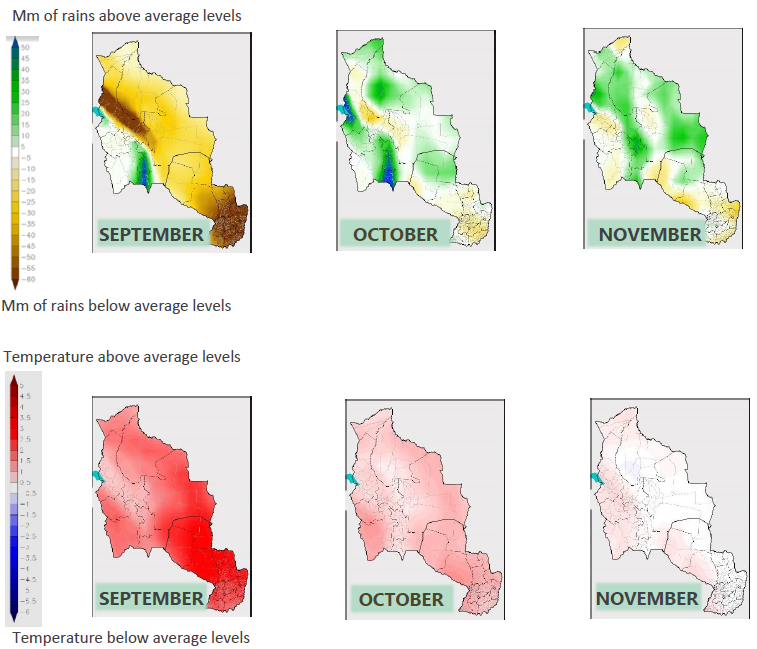
Currently, the low water level of the river Tebicuary (below 2 meters) doesn’t allow us to pump to irrigate the fields and we have to use already our water reserve of our artificial lake. We can mitigate some shortage for a given time but not for the entire irrigation cycle of the full area. We believe our biggest challenge this year will be to manage water availability so as all producers.
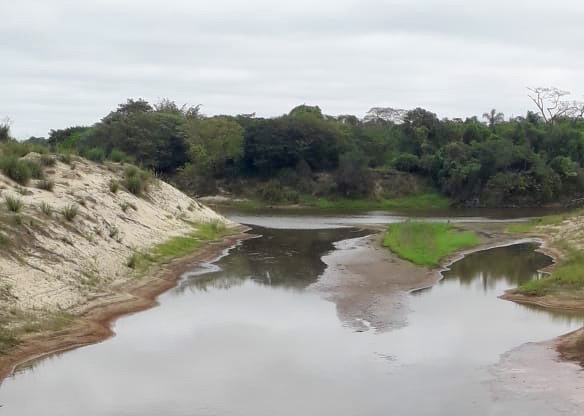
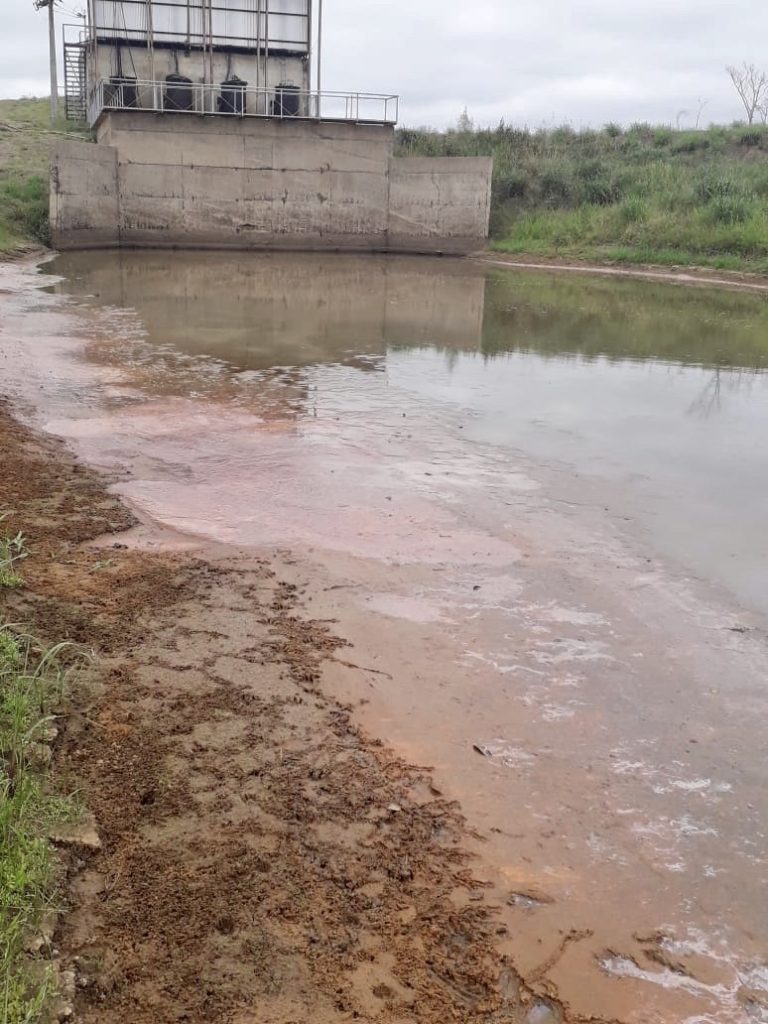
Most weather models are now pointing toward the development of La Nina phenomenon by October and persisting into maybe early 2021. This is bad news for farmers in South America because it would coincide with planting and crop development. La Nina is generally associated with dryer than normal weather in Argentina, Paraguay and southern Brazil.
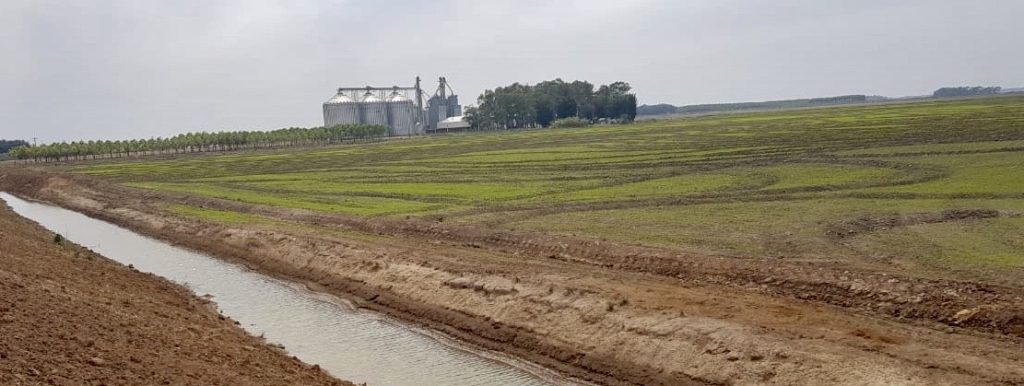
Sowing: We have completed the sowing of block G (538 ha) and we have started irrigation of the field by using water of our reservoir. On October 1st, we have restarted with the sowing of our 2nd block of 427 ha. Once this 2nd block will be completed, we will evaluate the situation because if no rain occurred, rice development will be affected and it will be highly risky to sow another block (low yield and quality).
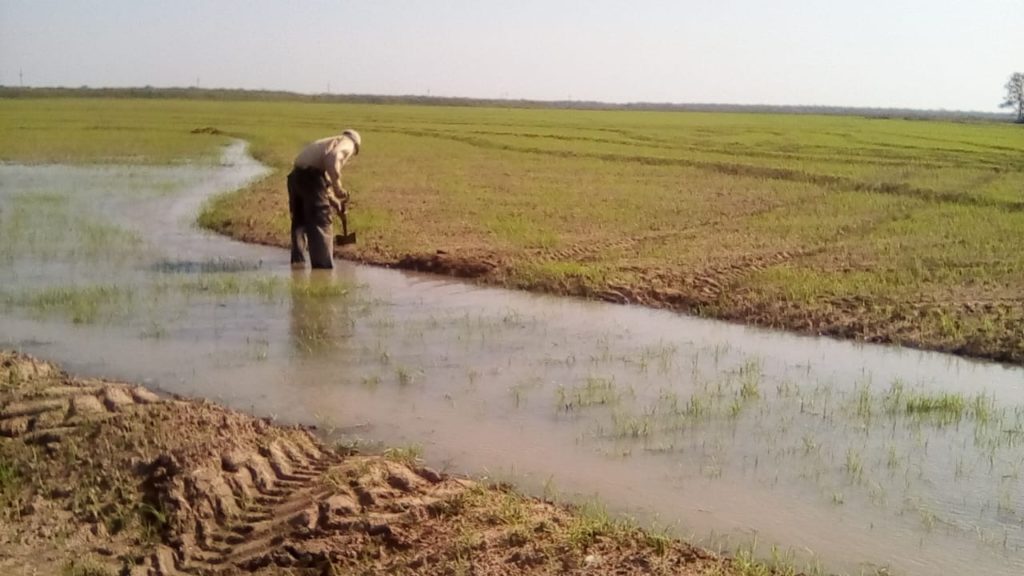
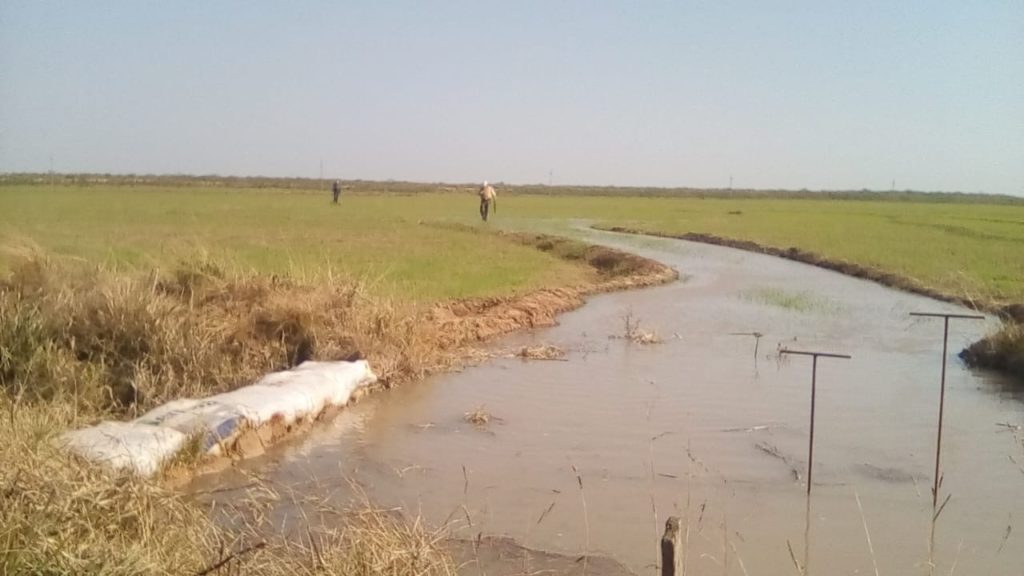
Paddy rice is strongly influenced by water supply and water should be kept standing in the field throughout the growth period. Continuous flooding helps ensure sufficient water (elimination of moisture stress and favourable micro-climate to crop production) with greater availability of nutrients such as phosphorus, iron and manganese and control weeds.
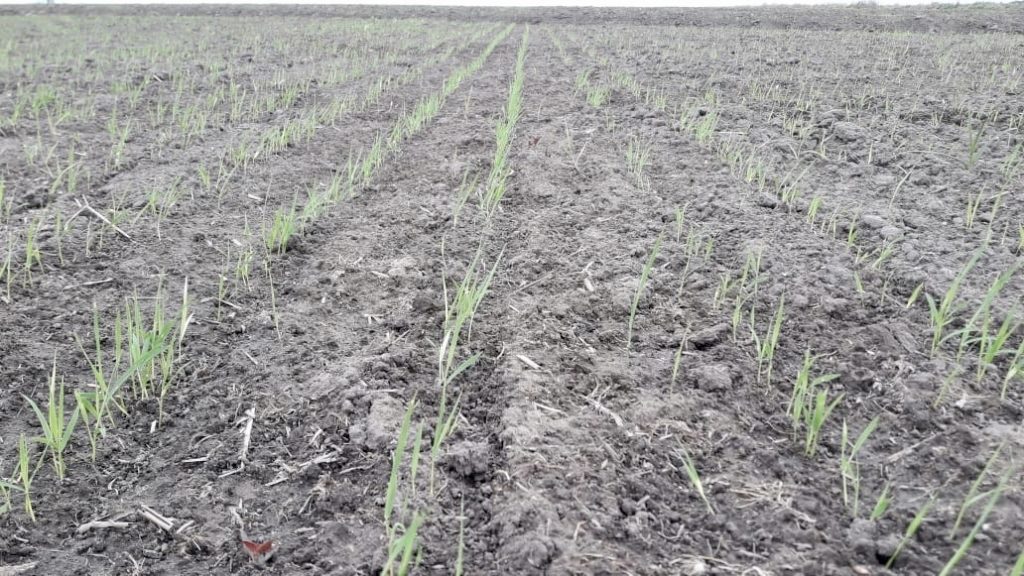
Market: Weather uncertainties combined with covid-19 fears should not reduce rice prices anytime soon. The next harvest will come after February next year, and until then the only solution would be to import the product. However, the current scenario is not a parameter for the future, since after the end of the pandemic the demand for rice may change.
